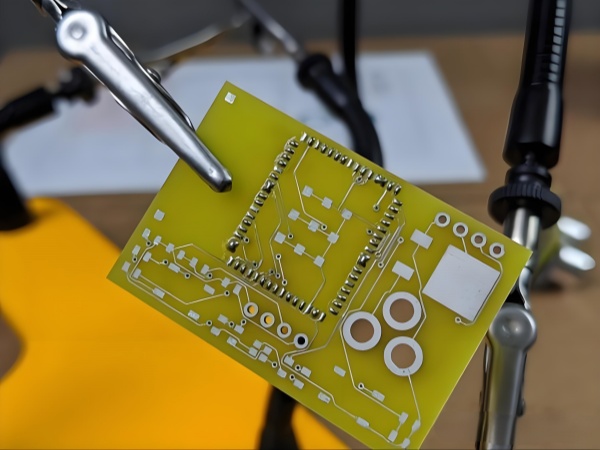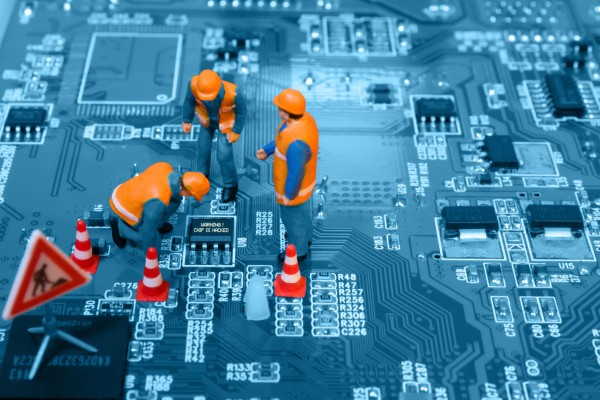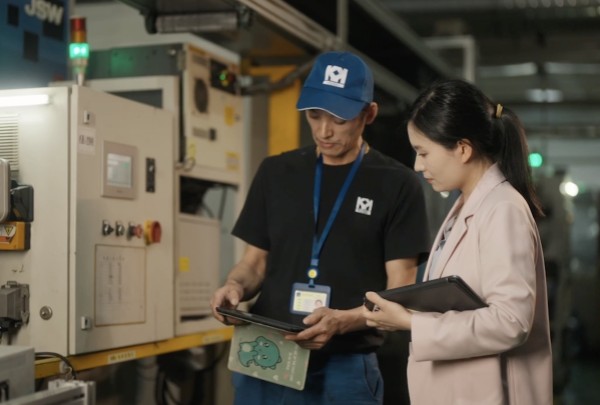PCB Prototype to Mass Production Guide | PCBASail
 25 Jun 2025 18:03:24 GMT
PCBASAIL
25 Jun 2025 18:03:24 GMT
PCBASAIL
Table of Contents
In the world of electronic product development, the biggest game-changer happens when
you move from prototype builds to full-blown PCB production. Sure, the basic building
blocks stay the same—whether you’re making a handful of boards for testing or cranking
out thousands for market—but the goals and processes at each stage are totally
different. Knowing how those goals shift can help engineers and PCB designers pick the
right contract manufacturer (CM) at every phase of development. It also makes the jump
from prototype to mass production a heck of a lot smoother.
Prototype PCB Fabrication
What’s the Point?
When you’re in prototype mode, your aim is to churn out small batches of PCBs that let
you really put your design through its paces. You want to confirm that
everything—layout, electrical performance, signal integrity, component fit—actually
works in the real world. To do that, your prototype CM needs to hit a few key
requirements:
-
Speed Is King
You’ll likely go through multiple design tweaks before locking down your final board. The faster you can get a new prototype back in your hands, the faster you can validate tweaks and move forward. -
Flexibility Rules
Your CM should handle any design format you throw at them—surface-mount, through-hole, micro SMDs; rigid boards, flex boards, rigid-flex. They need to adapt to whatever your circuit calls for. -
Quality Matters
Even at the prototype stage, you need reliable quality control (QC). Your CM should follow strict QC protocols and meet recognized industry standards. You don’t want false positives or hidden flaws derailing your tests. -
Built-In Testing
Bonus points if your CM can fold in test protocols—continuity checks, impedance verification, component validation—before shipping prototypes. That way, you’re not chasing down avoidable mistakes when you finally power up your boards.
At the end of the day, the first round of PCB fabrication is all about catching design
problems early—anything that might compromise performance, reliability, or
manufacturability later on. To hit these goals without sacrificing turnaround time, you
need good design-for-manufacturing (DFM) practices backed by your CM’s equipment and
process know-how.
Mass-Production PCB Fabrication
What Changes?
Once your prototypes perform the way you want them to, it’s production time. Mass
production shifts the focus to efficiency, consistency, and cost. You’re no longer
iterating designs—you’re cranking out boards that need to meet your specs reliably, day
in and day out.
Key attributes for volume PCB manufacturing include:
-
Rock-Solid Reliability
Your production run must deliver identical boards with a high yield, game after game. If you plan to build thousands (or tens of thousands), your CM must run the same process repeatedly without drift. -
Comprehensive Testing
Quality assurance (QA) needs to be part of the flow. Functional tests, in-circuit tests, boundary scans—whatever it takes to guarantee that every board you ship is fit for purpose. -
Cost-Efficiency
When you’re buying in bulk, unit price becomes a huge driver of your overall product cost. Your CM should optimize materials, panel utilization, and process steps to keep per-board costs reasonable.
Because you’ve already validated your design, components, and processes at the prototype
stage, the emphasis here is on squeezing out every drop of efficiency while maintaining
top-notch quality.
Why the Handoff Isn’t Always Smooth
You might think you could hire the same CM for both prototypes and full production, but
many shops specialize in one or the other. Moving from prototype to production often
means switching CMs, and with that change comes potential hiccups:
-
Design File Requirements
Your production CM might ask for different file formats or data sets than your prototype shop did. Without consistency, you risk miscommunications or missing layers. -
Equipment and Process Differences
Not every manufacturer runs the same specs—board thickness tolerances, copper weights, surface finishes, even drill tooling can vary. Those specs can affect both manufacturability and final performance. -
Component Availability
It’s surprisingly common to find that a part you used in your prototype is now obsolete or back-ordered. Production lots tend to stress supply chains differently than one-off prototypes. -
Last-Minute Design Tweaks
Even after you sign off on your prototypes, real-world use or early pilot runs can reveal flaws that need another design revision. That means new prototypes, new files, and more coordination.
Each of these issues can drag out timelines or even grind production to a halt. The good
news? You can avoid—or at least minimize—a lot of these headaches with some proactive
planning.

Strategies for a Smoother Transition
-
Pick a Prototype CM Who Cares About the Big Picture
Aim to work with a prototyping partner that treats your project like a long-term collaboration. They should be willing to help you nail down your final prototype design and hand over production-ready files, so you don’t need an engineering change order (ECO) later. ECOs can be both time-consuming and expensive. -
Standardize Your Data Early
Agree on output formats that your future production house will accept—Gerbers, ODB++, IPC2581, whatever it is. Define layer names, stack-up details, drill tables—get it all in a master spec. -
Document Everything
Build a living DFM checklist. Note critical tolerances, test points, impedance requirements, and assembly notes. Share it with every CM you talk to, so they’re all on the same page. -
Build in Extra QA Steps
If possible, do a mini pilot run at your production CM—maybe a few dozen boards—to iron out issues before the full batch. That gives you a chance to catch discrepancies between prototype and production processes. -
Plan for Component Availability
For any long-lead or risky components, lock in your supply chain early. Consider approved alternates, and get your CM involved in vetting those alternates so there are no surprises. -
Keep Communication Lines Wide Open
Assign a dedicated liaison from your end and theirs. Hold regular (weekly or bi-weekly) check-ins, review your ECO log, swap site photos, and track yield reports. Staying proactive beats firefighting. -
Factor in Lead Times
Prototype shops can often turn boards around in days; production runs can take weeks. Build those timelines into your product roadmap and budget, so you’re not scrambling when you hit the production-start date.
Bringing It All Together
Moving from prototype to volume PCB production doesn’t have to feel like jumping off a
cliff. By understanding how the goals and capabilities differ at each stage—and by
picking collaborative partners who can bridge the gap—you’ll save time, cut costs, and
dodge the common pitfalls that trip up so many projects. In short:
- Prototype: Fast, flexible, and quality-driven, with integrated testing to validate designs.
- Production: Reliable, tested, and cost-effective, optimized for large volumes.
- Transition: Plan ahead—standardize your data, vet your CMs, and pilot-run if you can.
If you keep these best practices in mind, you’ll find that the leap from “one-off”
boards to “everyone-gets-one” boards is less of a headache and more of a natural
evolution. Here’s to seamless transitions and successful product launches!
If you’re ready to take your PCB projects from prototype to production without the usual
headaches, let’s talk. At PCBASail, we specialize in both lightning-fast, flexible
prototyping and high-volume, cost-effective manufacturing. Our teams live and breathe
DFM best practices, our equipment is state-of-the-art, and our in-house testing
protocols ensure you get boards that work right—every time. Whether you need a quick
turnaround on just a few boards or you’re gearing up for a thousand-unit run, PCBASail
has you covered. Reach out today and let’s make your next PCB run smooth sailing!